
qd 105

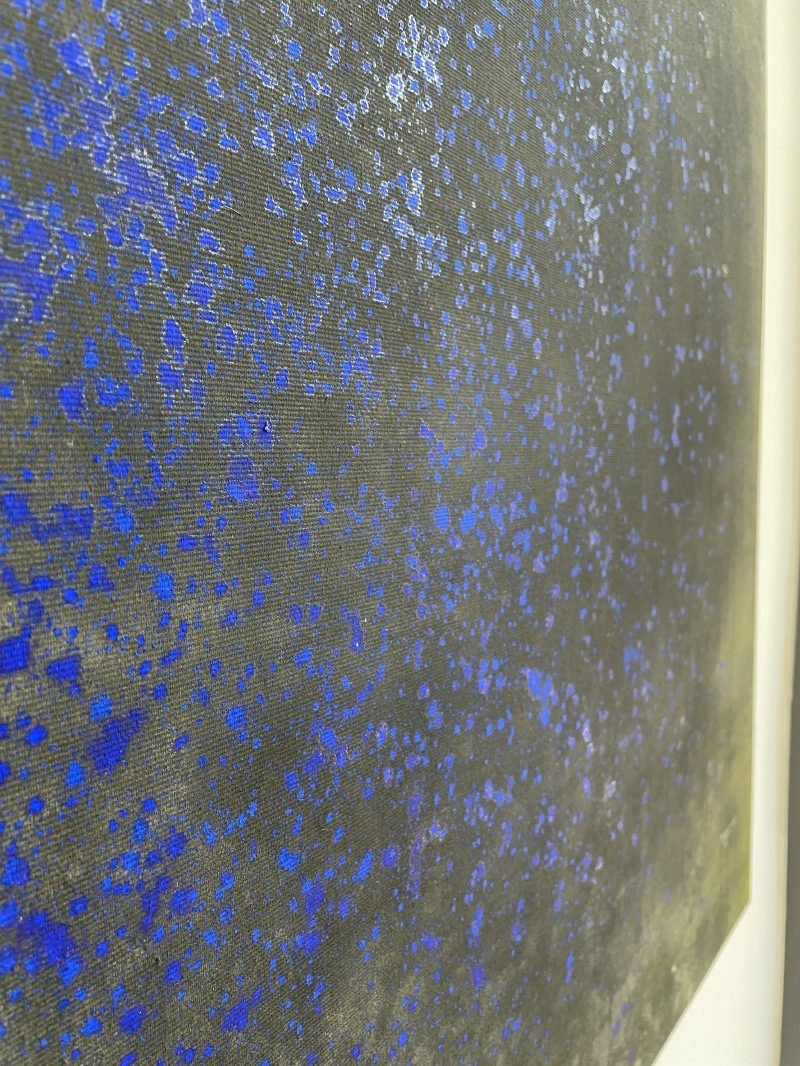
2 x QK
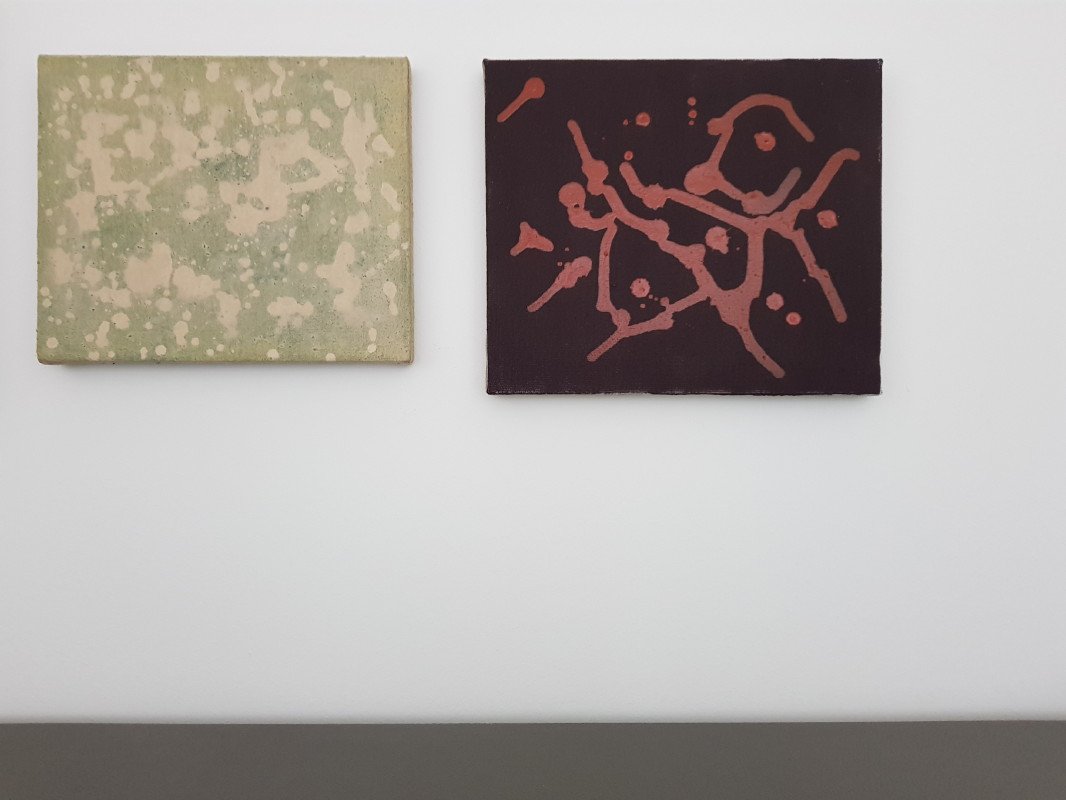
Q 80 Philae

Das Tor zum Fluss – Kunst im Hafen
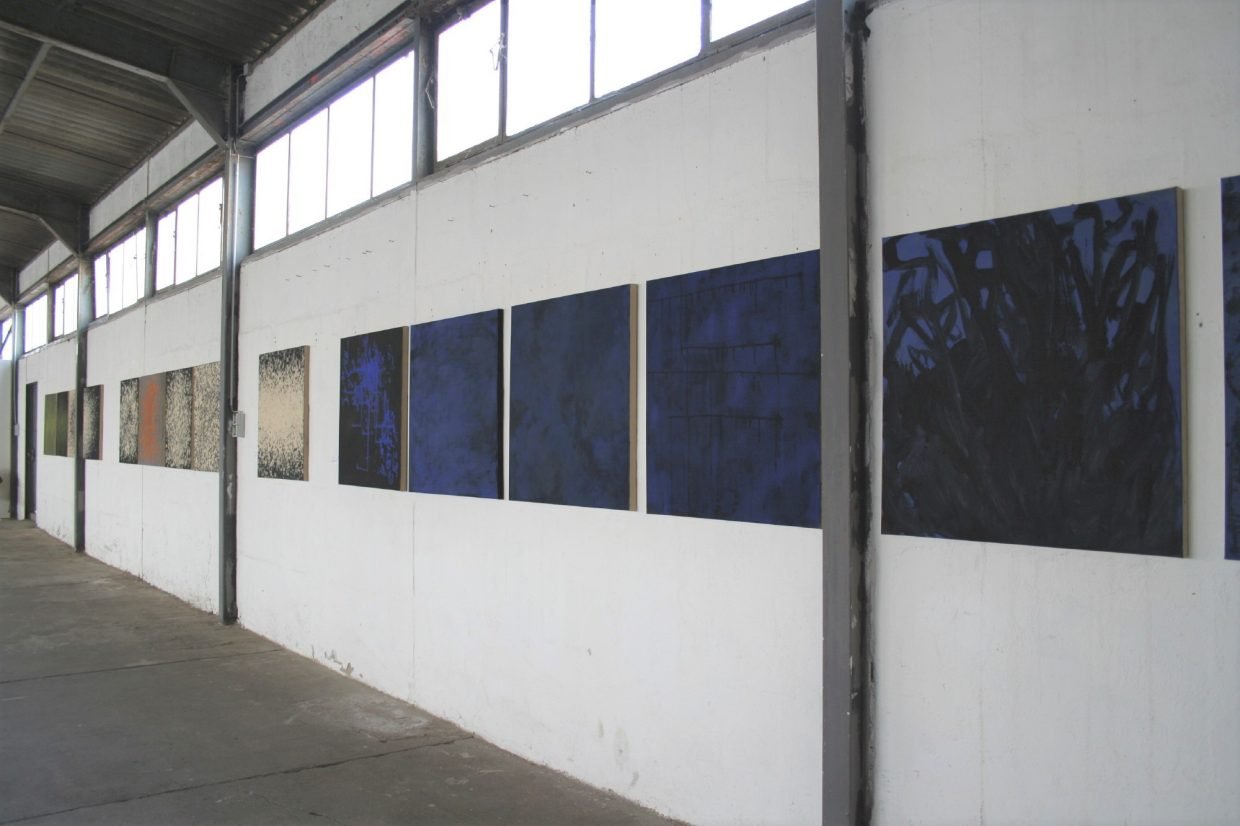
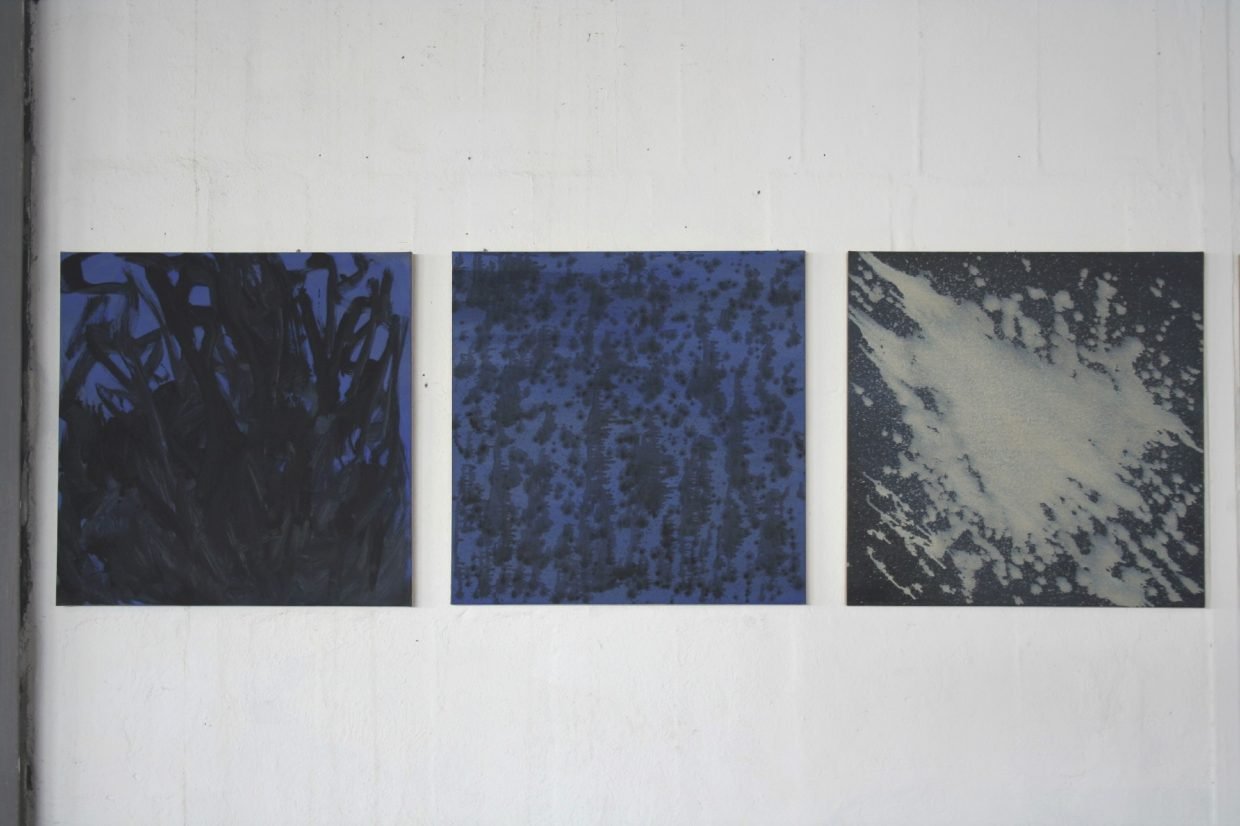
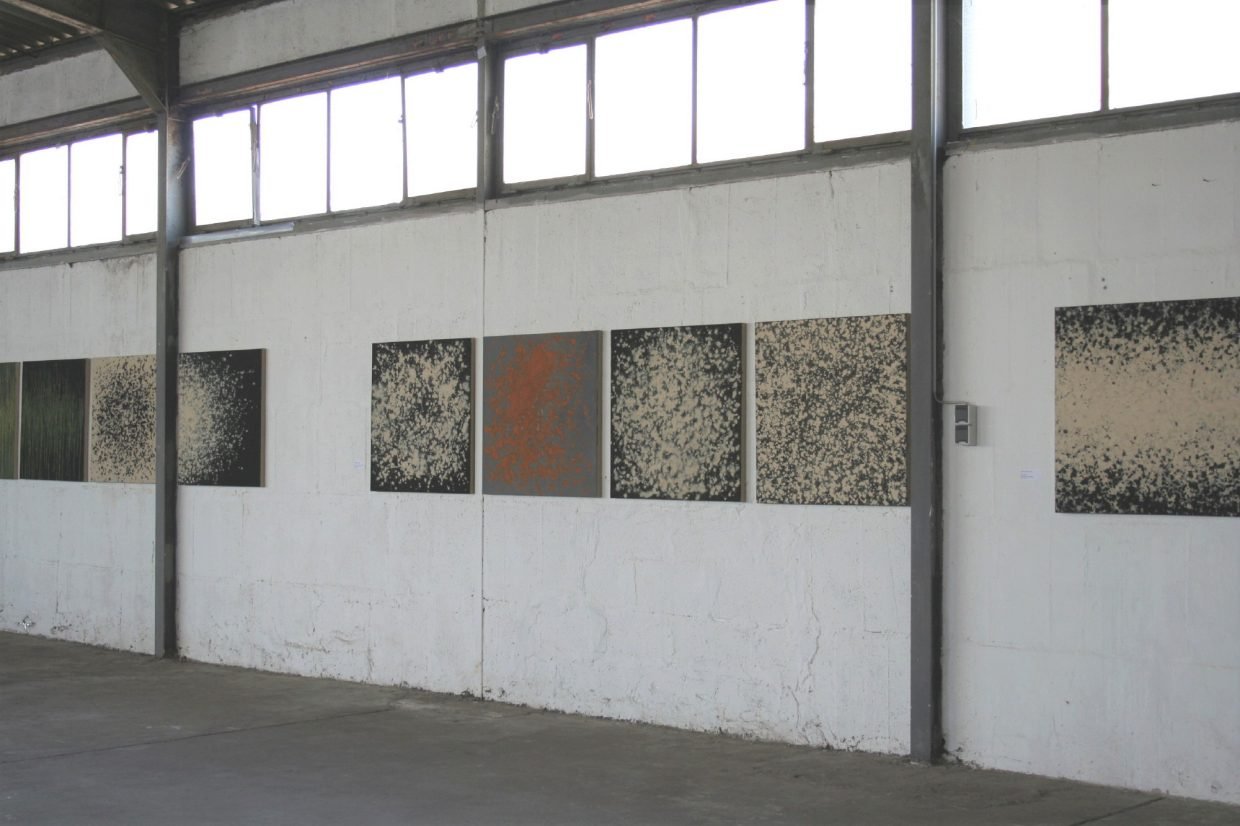


Mission Rosetta – Where is Philae?
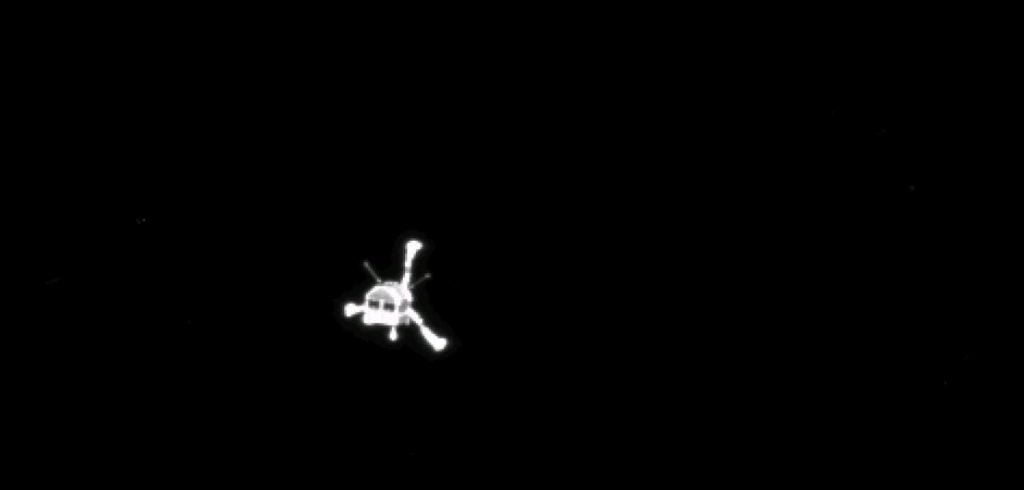
The preparation of the mission took 10 years, 10 more years the passage of the orbiter Rosetta through space until it reached the comet 67 P Churyumov-Gerasimenko in 2014. There the lander Philae was separated from Rosetta, hovered above the comet and landed. Fascinating and moving moments! Philae however took off after the first touch-down, hit the surface of the comet 67 P again several times and had disappeared for the moment.
Where is Philae?
At a place shadowed away from sunlight. Thus the energy was just sufficient for a part of the planned experimental program. However, nevertheless the mission has turned out to be a really big success. The collected measurement data will keep the scientists busy for many years. E.g., there is potential for deeper insight into how life came to Earth.
More on the fascinating mission can be found on the homepage of DLR (Deutsches Zentrum für Luft- und Raumfahrt) and ESA (European Space Agency). There you will also find fabulous photography from space.
Since 2014 media coverage on Rosetta and Philae began, I am attracted by the project and follow the news.
My painting “Philae” was created in 2016. Within the series Q there are other paintings that evoke thoughts on stellar worlds and space views.
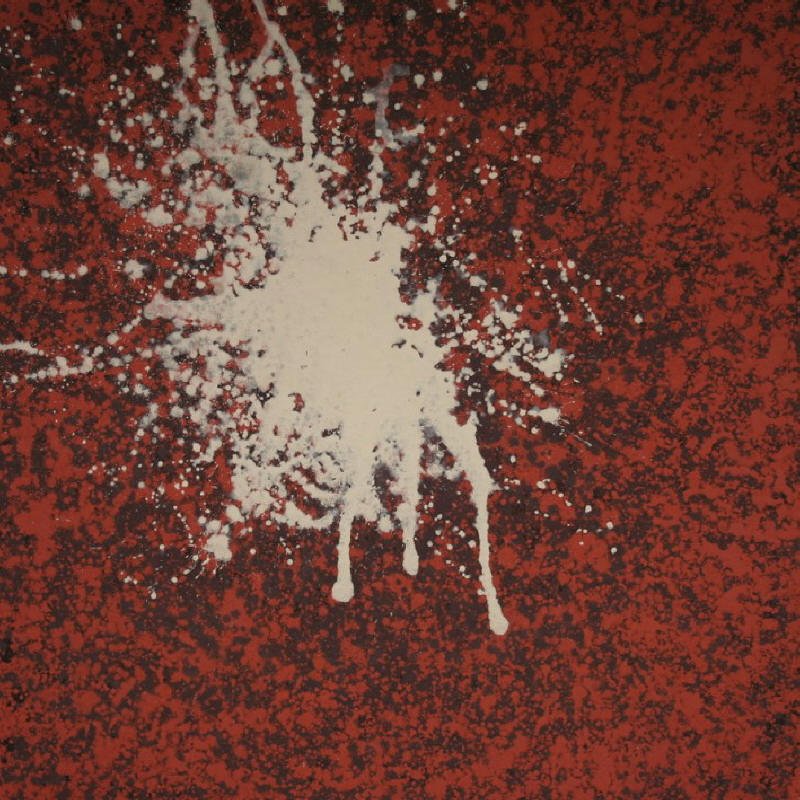
On the occasion of a presentation about the mission Rosetta (ref. Exhibitions) the globular cluster Messier 107, in short M107, has been “identified” by Prof. Dr. Berndt Feuerbacher on one of my paintings. It belongs to the constellation Ophiuchus.
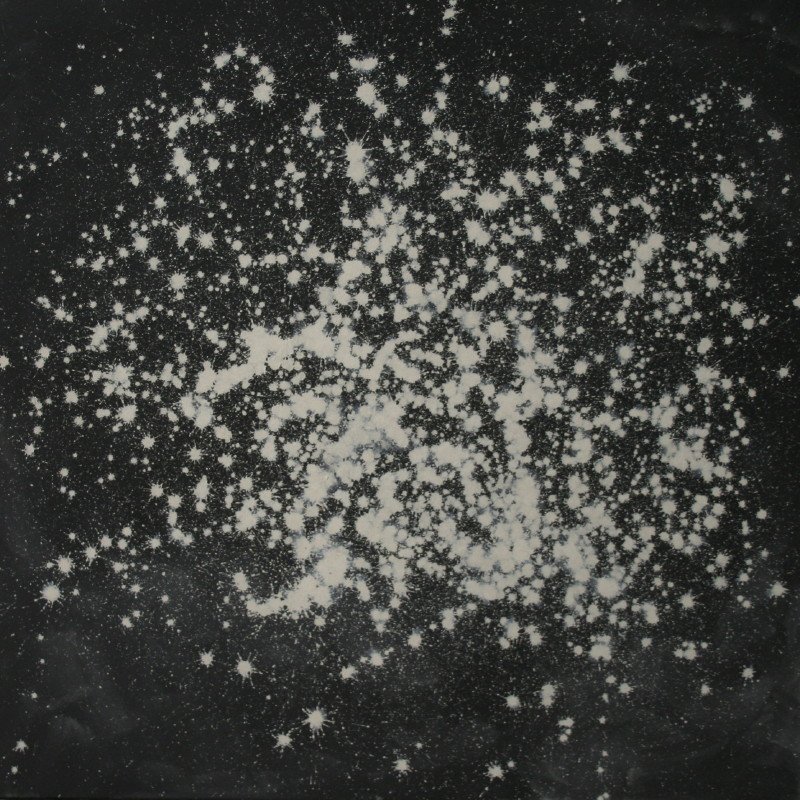
The photograph below does not doubtlessly prove the resemblance but has a stunning reference to the Rosetta mission:
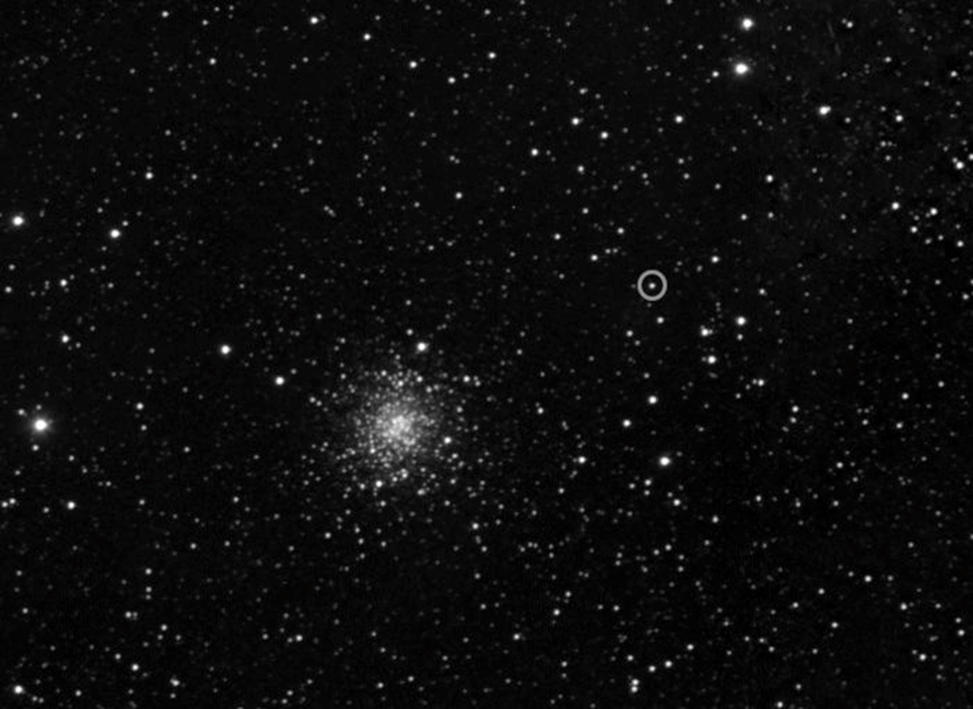
Here the globular cluster M 107 is clearly visible. The target comet 67 P is marked on the right of it by a circle. The picture was taken by Rosetta’s Osiris camera that has focused on its target from a distance of 5 million kilometers.